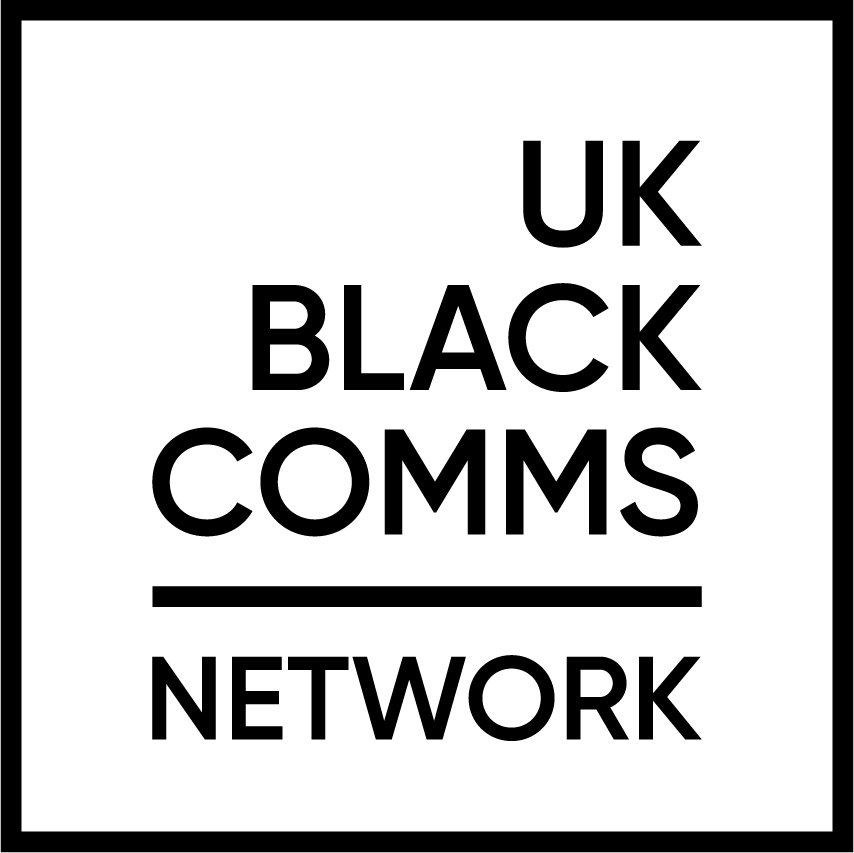Would you pay to view someone’s tweets?
That was the question on Twitter users’ lips recently when the social media platform announced it was exploring several new features, including a content subscription service and interactive micro-communities. Investors got to see the features in action at Twitter’s Analyst Day, and learn more about the tech giant’s ambitious user and revenue goals for the next two years.
What does this mean for PR? UK Black Comms Network members Tennessee Watt and Eyula Koroma share their thoughts on the announcement and the potential benefits for our industry.
Tennessee says:
When people come together based on interests, it can be powerful for brands and their communications planning.
Twitter is testing three new features:
Twitter Spaces - a live audio voice chat-room feature that is now available to a limited user group
Super Follows - a Patreon-like subscription feature that will allow users to charge their followers for access to special content.
Twitter Communities - a feature that will allow users to create and join groups that have a particular theme or interest
These features all have one thing in common: they revolve around community building and leveraging the valuable peer-to-peer interactions that communities create.
These updates are illustrative of a wider trend within social media. Social platforms are focusing on developing closed networks (like Clubhouse and WhatsApp) in contrast to open networks (like, well, ’Old Twitter’). The main benefit of closed networks is that they create safe spaces for like-minded people to speak openly to each other. For us in PR, it's much easier to follow conversations within moderated groups (or rooms) than in open, lengthy threads where anyone, including trolls, can easily join.
The advantages of closed networks are not new to the consumer PR world.
Cosmetics brands like Glossier regularly track fan conversations in Facebook Groups to gather insights that they can use to improve their products. Deciem's marketing strategy is built around engagement with its loyal community, which frequently produces user-generated content and trusted reviews.
As a corporate communications specialist, I intrigued by the potential applications of Twitter’s new features to corporate PR strategy. Could brands host fireside chats with their leaders using Twitter Spaces? Should they lurk in Twitter Communities to better understand their stakeholders? It’s possible. The safe environments created by closed networks allow for the discussion of sensitive topics such as mental health and workplace discrimination. This can help company leaders to uncover rich, meaningful insights, especially from minority employee groups. Additionally, brands can use the moderation functionality in these community-first features to stand out as authorities on specific topics. This creates opportunities for senior executives looking to become industry thought leaders.
Twitter's new features are especially important at a time when social media is under intense scrutiny over fake news and user privacy concerns. The game has changed and I’m excited by the possibilities for corporate and consumer communications.
Eyula says:
Twitter is finally doing something that other social channels are not.
While platforms like Instagram continue to spend their development dollars on monetisation features, Twitter’s new Communities and Spaces features emphasise user connection and community building. Around 90% of people believe socials are meant to create spaces for users to connect, according to recent research. Facebook Groups is one of the biggest social engagement tools. Local Facebook Groups grew over 3 times in the past year, signalling the need for people to connect locally. And with the rise of drop-in audio chat app Clubhouse that centres connection through conversation, Twitter's new user offerings has come right on time.
But how well will Twitter's ‘well-hosted dinner party’ – or Twitter Spaces as it’s formally known – work in the PR world?
Corporates typically take a more traditional approach to social media than agencies, focusing on building authority rather than communities. In-house teams should consider using Twitter’s new features to build a community, moving slightly away from the thought leadership tactic. While authority is important, why not use Twitter Spaces to appear somewhat human and relatable? Giving a brand a more human feel while constructing a positive authority perception is the ultimate trust formula.
I, for one, would love to see discussions on evergreen topics that speak to the culture of the company:
Mental health in the workplace by senior leaders
What does success look like in PR – senior leaders sharing their journey
How to get in PR –employees shedding light on getting different PR roles
Overall, I'm looking forward to seeing how corporates and agencies use Twitter's new features for connection and community management. Those who make the most of Twitter’s new and transformational core focus will be well on their way to having an engaged and committed community.
What’s your view? Let us know in the comments below


